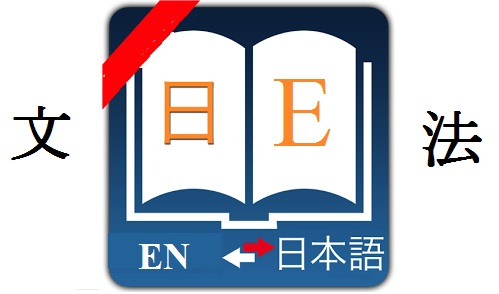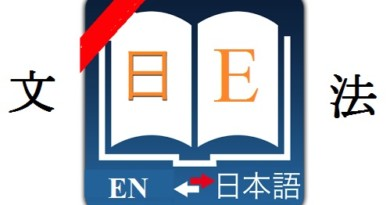Japanese という grammar toiu
Let’s learn Japanese という grammar toiu :
Japanese という grammar toiu
Formation :
Phrases + という
Meaning and how to use :
This structure aims to report someone’s speech in both indirect way and direct way.
Example:
1. 田中さんは「私は妹がいます」といいました。
Tanaka san ha “watashi ha imouto ga imasu” to ii mashita.
Mr. Tanaka said, “I have a sister”.
2. 彼はぜひ来るといったが、今はまだ来ない。
Kare ha zehi kuru toittaga, ima ha mada konai.
He said that he would definitely come, but he has not come yet.
3. 彼は「この電話を買いたいなあ」と言いました。
Kare ha “konodenwa wo kaitai naa” to iimashita.
He said, “I want to buy this phone.”
4. あの人はすぐに連絡すると言っていた。
Anohito ha sugu ni renraku suru to itteita.
That person said that he/she would contact immediately.
5. 先生は今日の午後5時から6時まで事務所にいると言いました。
Sensei ha kyou no gogo goji kara rokuji jimusho ni iru to iimashita.
The teacher said that he/she would be in the office from 5pm to 6pm that afternoon.
Note: In reported speech, the quote part is in plain form. In addition, when you want to quote the suggestions or orders, you use「ようにいう」. In order to ask about the content of the speech, you use:「なんといいましたか」
Ref : tuhoconline
Above is Japanese という grammar toiu. If you don’t understand the signs we used in formation, you can find their meaning here : signs used in Japanese grammar structures.
You can search the structure you want by using the search tool on our website (using key : grammar + ‘structure name’ or you can find more Japanese grammar structures in the following category : Japanese grammar dictionary
